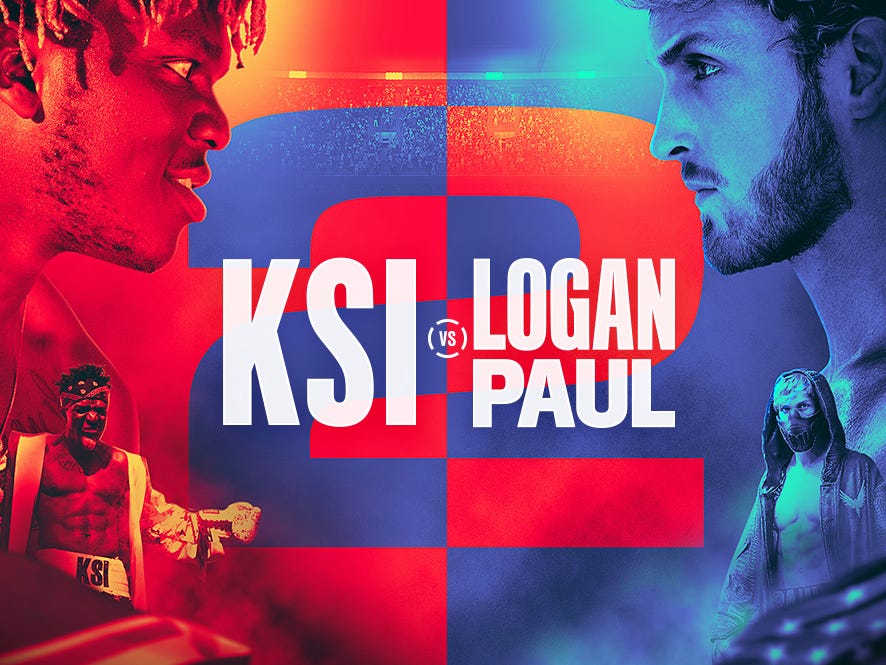In Los Angeles last Saturday night, two boxers you have probably never heard of topped a professional fight card.
In the one corner was a man named KSI (real name Olajide William Olatunji). In the other, an opponent named Logan Paul.
Twenty thousand people paid for tickets. Another 2,5 million people watched the action on DAZN, the streaming service. Eleven thousand more pirated the show.
Another 19 million watched it later.
It’s unlikely there will be a bigger “fight” in 2019.
That’s right, people, real life and fantasy collided in the dream world of LA, where everything is plastic, or so Andy Warhol once claimed. That neither contestant was a real boxer was irrelevant. The pair were YouTube stars with a combined following of 40 million, presumably none of whom were put off by Paul’s vulgar stunt last year of uploading a YouTube video of an apparent suicide victim hanging from a tree.
They took out professional licences, trained like demons and hooked up with promoter Eddie Hearn.
As a boxing event, it was manufactured nonsense. As a PR stunt, it was genius. A beaming Hearn, who could flog ice to Eskimos, was last spotted counting piles of cash.
We shouldn’t be surprised. Sport as we know it might not be dead, but it is evolving ludicrously fast. Those looking to survive the age of social media and low attention spans are dreaming up new gimmicks. The uneasy convergence of professional sport and online culture is upon us.
We’ve already seen the birth of T20 cricket, as far removed from white-ball cricket as you can get, not to mention e-sport, the raging spectacle of computer gaming that locks in millions online and in major arenas.
The chase for eyeballs is relentless.
This year alone we’ve seen the launch of The Hundred, an even more jazzed-up version of T20 cricket – if that’s possible! – that starts in England next year.
Just imagine: 100 balls per innings, a change of ends after 10 balls, strategic timeouts, 25-ball power-plays. Traditionalists are none too pleased.
It’s designed for those with the attention span of a gnat, apparently.
Rugby, too, has got in on the act. Not satisfied with the whizz-bang of Sevens, marketers have come up with RugbyX. It’s five-a-side, indoors, with no goal-kicks, no lineouts, no half time and uncontested scrums, dreamed up by Sevens Olympic-winning coach Ben Ryan.
Closer to home, the intersection of social media and real sport manifests in the Carling Black Label Cup where soccer supporters choose line-ups and the Twitterati determines man of the match. Game-changer options are decided by fans’ fast fingers with coaches relegated to mere onlookers, no doubt curious (and probably furious) at the switch from tradition to Twitter.
Who needs tactics when you can have hashtags, eh?
Purists are shocked by this innovation, but they know full well it isn’t for them. For all the majesty (and wholesomeness) of World Cups and cricket Test matches, the parallel world is now all about “influencers” and social media, celebrity and “likes”. Sport recognises this startling reality and is diving in head-first, not necessarily certain of what might happen.
For those who get it right and are able to navigate the choppy waters, the next generation might just bite.
Of course it’s weird. But that’s almost the point, isn’t it? – © Sunday Tribune


